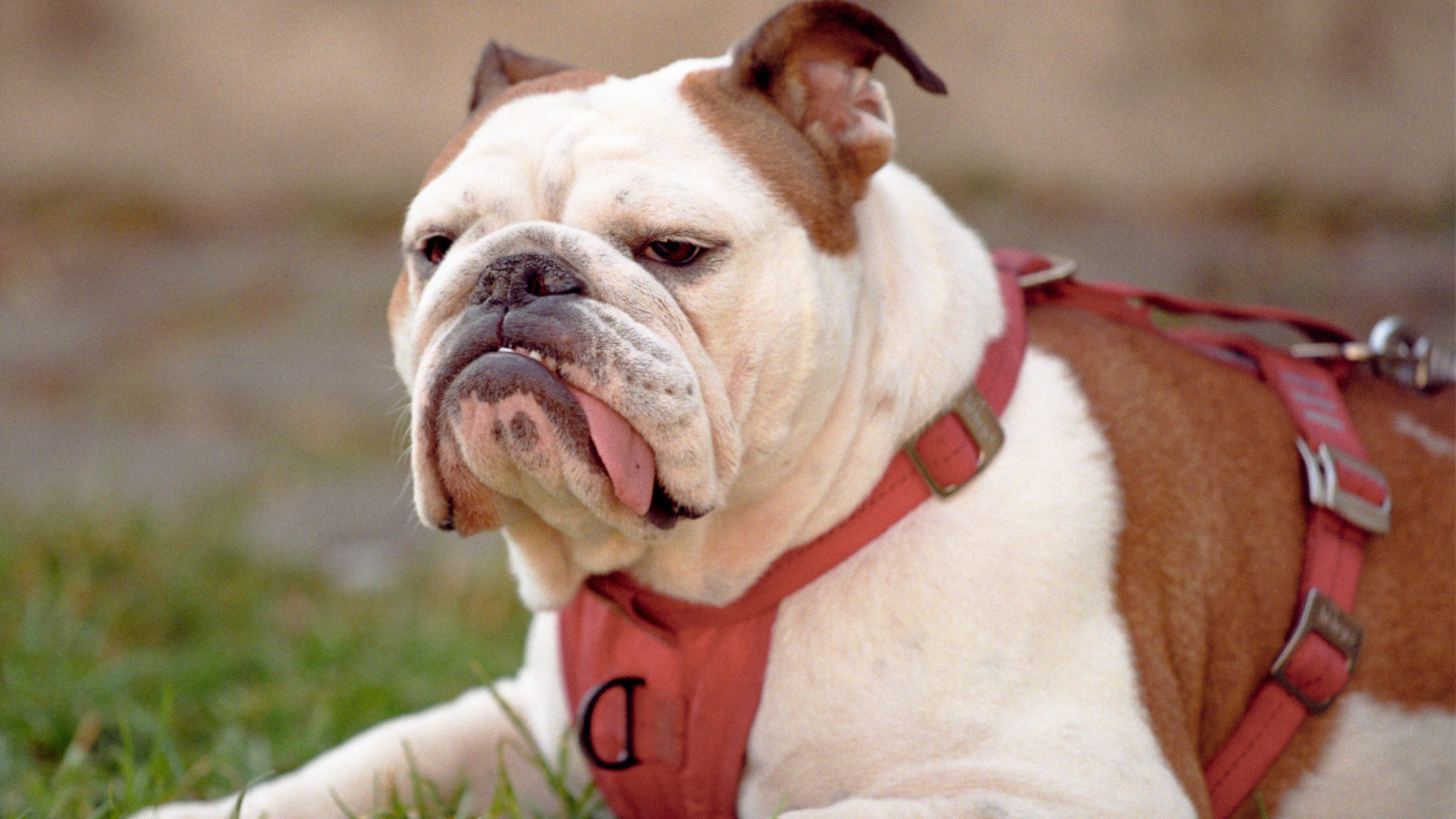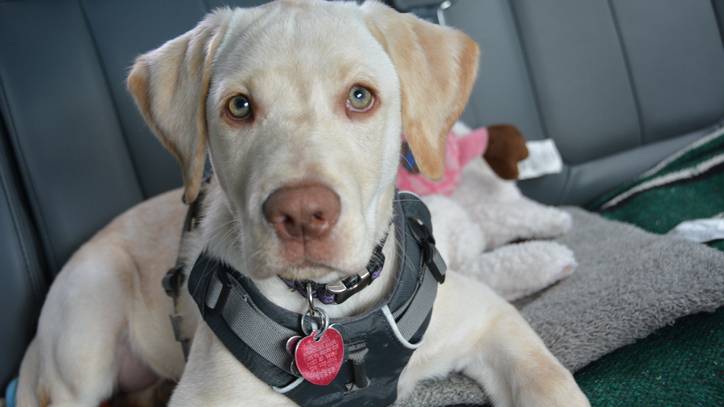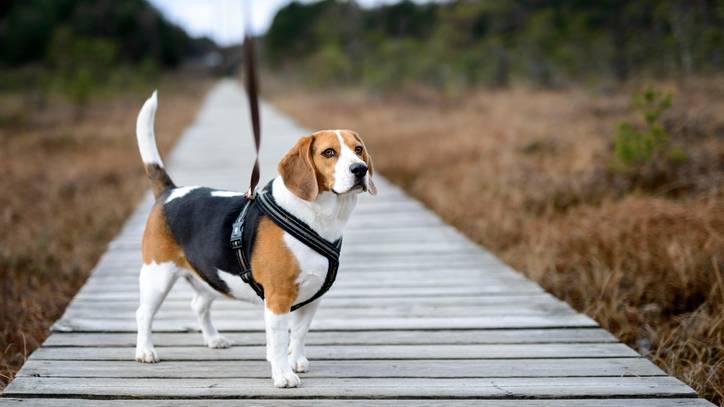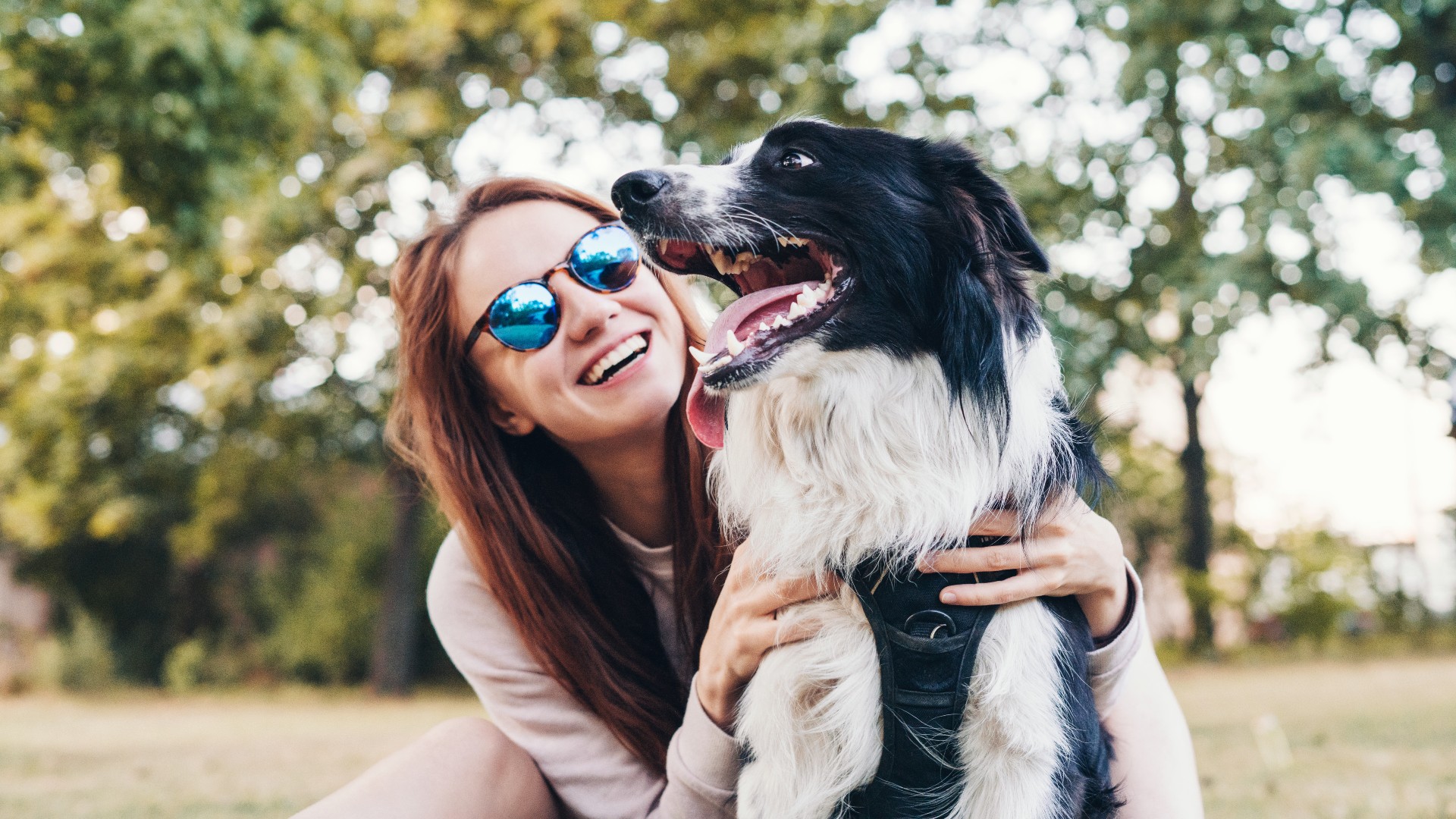
Wondering why your dog hates their harness? This is a common problem that lots of pup parents face – and is arguably one of the most confusing ones. After all, if dogs love walk time so much, why would a harness come between that?
If you’ve recently invested in the best dog harness, you’re probably feeling a little disappointed that they don’t like wearing it. You might find that your dog runs away, hides or cowers on the floor. They might even show signs of aggression, like biting, nipping or growling to warn you away.
Make sure you don’t punish your pup for this behavior as there are lots of reasons why they might be feeling this way. They’re not trying to be difficult – they may have had a bad experience in the past which has left them fearful, or perhaps, they don’t like feeling constrained.
To help you solve the mystery, we’ve explained six reasons why your dog might hate their harness. We’ve also shared some advice on how to get them to love it in just four simple steps.
Why does my dog hate their harness?
It’s not uncommon for some dogs to hate wearing a harness. Puppies, for example, often struggle in the first few months of having to wear one purely because they’re not used to it, while rescue dogs may dislike their harness because they associate it with a previous negative experience.
To help you figure out what it is about the harness that might be triggering your dog, here are some of the most common reasons that a dog may hate wearing a harness:
1. Fear
Imagine that you were small and you had a much bigger person coming towards you and trying to get up close and personal with you so they could put some strange contraption over your head. It might freak you out a bit, right? Well, the same is true for our canine companions. Often their dislike of their harness is simply because they’re scared of it and don’t like the feeling of having it put on them.
2. They don’t like things going over their head
The head is a very sensitive area for a dog and the feeling of having something put over their head can make them feel very uncomfortable, especially because it involves having their pet parents hands right up around their face.
There are several different types of dog harnesses and we recommend shopping around trying out each style to see which one your dog responds well to. You may find that they do perfectly well with a step-in harness, in which case, problem solved!

3. It’s the wrong fit
Dogs need their clothing and accessories to fit well and comfortably, just like we humans do. A harness that is too big or too small can cause a lot of rubbing that creates sore spots and it may also trap or pull the fur. If the harness is too loose, it could cause your dog to trip over while out walking and if it’s too tight, it can inhibit movement.
When it comes to how tight a dog harness should be, you want to make sure it’s firm enough that your dog can’t slip free, but loose enough that you can still fit two fingers between the straps and your dog’s body. Check out our guide to how to measure a dog for a harness.
4. They have a negative association to wearing a harness
If your dog has had a bad experience of wearing a harness in the past, it’s likely that their brain has formed a negative association with it. When something bad happens to us, that image gets burned into our brains and the same is true of our canine companions.
Rescue dogs, in particular, will often have had a lot of negative experiences or past trauma before they came to you, so it’s important to recognize this and to be patient. But it’s not just rescue dogs that may associate their harness with previous bad experiences.
Something as simple as your dog tripping up when on a walk because their harness was too loose or you accidentally clipping their fur into the harness clasp can all be enough to make them decide that wearing a harness is not for them. To help your pup out with this, you’ll want to spend some time doing desensitization work with them.
5. They don’t like feeling constrained
For most dogs, a harness can feel like a huge loss of freedom. After all, while they are ideal for keeping your pup safe and secure while out on their daily walk, even the best fitting harness can still feel restrictive to wear.

6. Your dog doesn’t want to go for a walk
While most puppies and adult dogs will spring into action the minute they know that a walk is on the cards, senior dogs who may be suffering from arthritis or other mobility issues may dread their daily outing. Walking often equals muscle and joint pain in dogs and wearing a harness can often add to that.
How to get your dog to love their harness

While it will likely take some time and a fair degree of patience on your part, there are ways that you can get your dog to form positive associations with their harness that make them happy to wear it.
The first thing you want to do is to ensure you choose the correct harness and that it fits well. Having the right size harness that’s comfortable to walk in is half of the battle when it comes to getting your dog to wear it.
Next up, give your dog time to get used to their harness. Lie it on the floor and let your dog have a good sniff. You might like to place the best dog treats around and on the harness to encourage them to investigate and to begin to get them to form positive associations with it.
You can then move on to touching your dog with the harness, ensuring you offer them lots of verbal praise and a few treats every time they let the harness come into contact with them without any protest. Open and close the buckle on the harness too if it has one to enable your pup to get used to the sound.
It’s worth going through this process repeatedly over several weeks before you attempt to put your dog in their harness. When you do finally put them in it, let them spend time indoors wearing it for short bursts over a few days before you take them out walking.
For more advice like this, read: Is it safe to leave a harness on a dog all the time? and How to use a harness on a dog.







